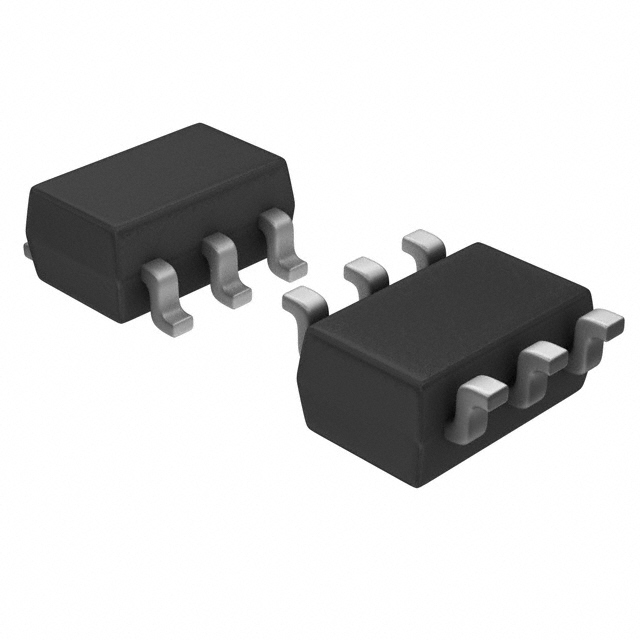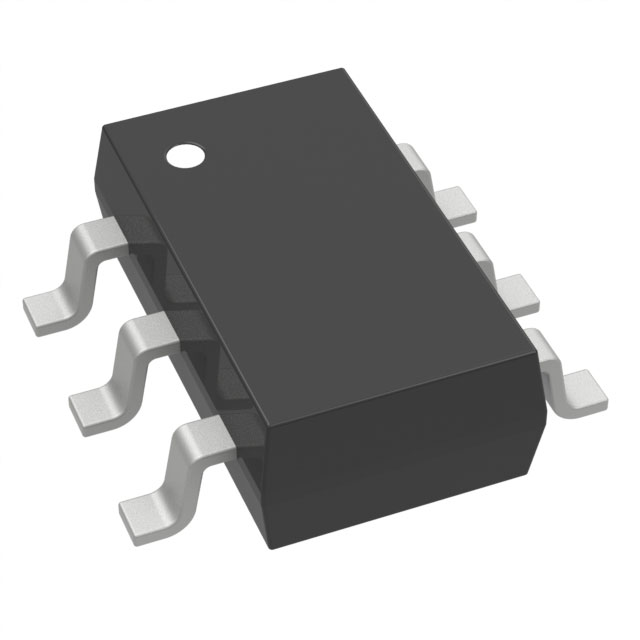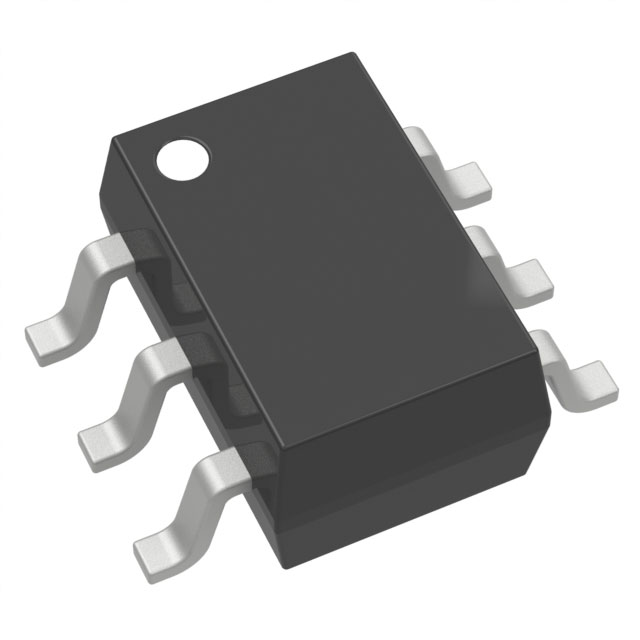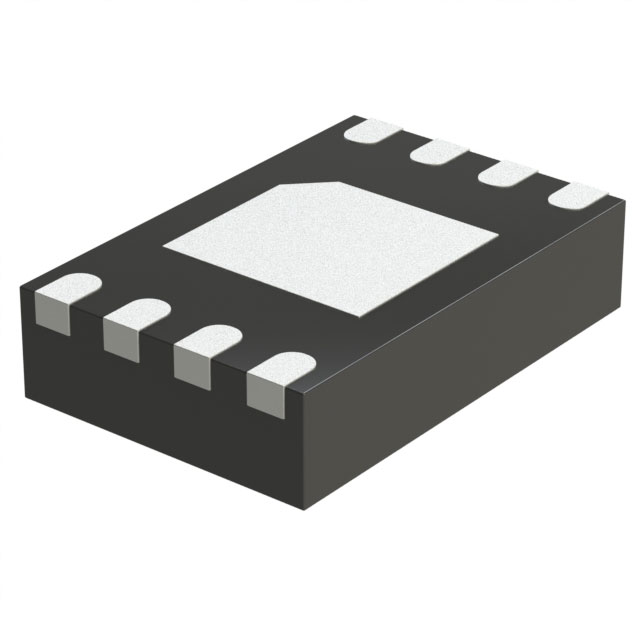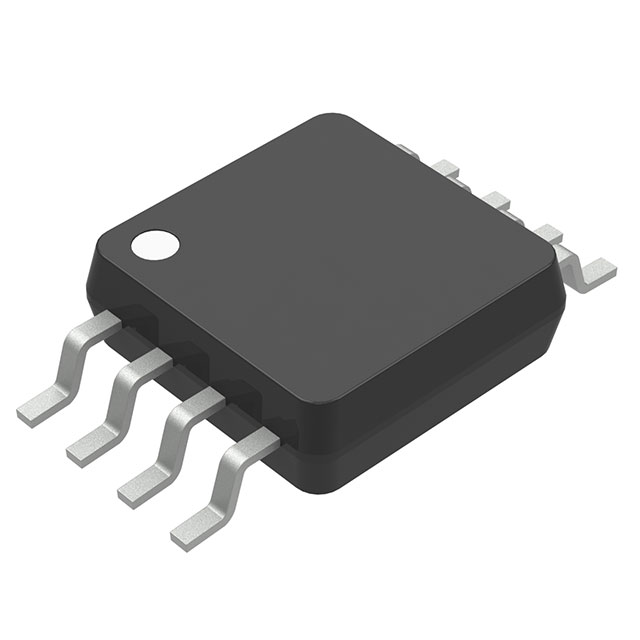Categories
- Voltage Regulators - DC DC Switching Regulators(35,694)
- 1
- 2
- 3
- 4
- 5
- 6
- 250
Description of Voltage Regulators - DC DC Switching Regulators
DC-DC switching regulator PMICs (Power Management Integrated Circuits) are component-level devices used in situations where you need to stabilize a DC input voltage or change it to a different output voltage. What sets these apart from "controller" PMICs is that they include the main switching element inside the device, which handles the power being delivered.
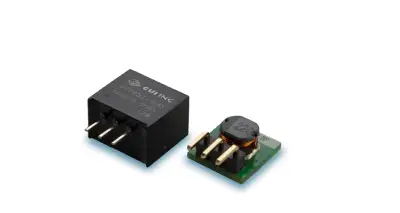
Frequently Asked Questions
What’s a DC/DC voltage regulator?
A switching regulator, also known as a DC-DC converter, is basically a type of stabilized power supply. It takes an input direct current (DC) voltage and converts it into a desired output DC voltage.
What are the three types of switching regulators?
There are quite a few switching regulator topologies, but the three most common are:
- Buck (Step-Down) Switching Regulators
- Boost (Step-Up) Switching Regulators
- Buck/Boost (Step-Down/Up) Switching Regulators The output voltage can be either fixed or adjustable.
What are the different types of DC-DC regulators?
There are two main types: linear and switched. A linear DC/DC converter creates and regulates an output voltage using a resistive voltage drop, while a switched-mode DC/DC converter stores energy from the input and periodically releases it at a different voltage.
What’s the difference between a switching regulator and a normal regulator?
Switching regulators can generate output voltages that are higher than the input voltage or even reverse the polarity, which linear regulators can’t do. Their versatility allows for various configurations like buck, boost, buck-boost, flyback, and inverting, used in both isolated and non-isolated applications.
What’s the purpose of switching regulators?
A switching regulator is essentially a circuit that transfers energy from the input to the output using a power switch, an inductor, and a diode. The power switch, typically a Field Effect Transistor (FET), is controlled by a switching controller IC, which uses a feedback loop to regulate the output voltage.
How do you regulate DC voltage?
Many simple DC power supplies use either series or shunt regulators to control voltage. Most rely on a voltage reference applied through a shunt regulator, like a Zener diode, avalanche breakdown diode, or a voltage regulator tube.
How do you test a switching regulator?
First, connect the positive lead of your multimeter to the output terminal of the regulator, and the negative lead to the ground terminal. Turn on the power source, and check the output voltage on the multimeter display. It should match the regulator's rated output voltage, like 5V or 12V.
How do I know if my regulator is bad?
Here are some signs that your propane regulator might be failing:
- Gas Leaks: This is the most serious issue and needs immediate attention.
- Low Flame or Heat Output.
- Yellow or Orange Flame (instead of blue).
- Sudden Shutdowns.
- Frost or Ice forming on the regulator.
- Unusual Whistling Sounds.
- Higher than normal gas consumption.
- Any visible damage to the regulator itself.







